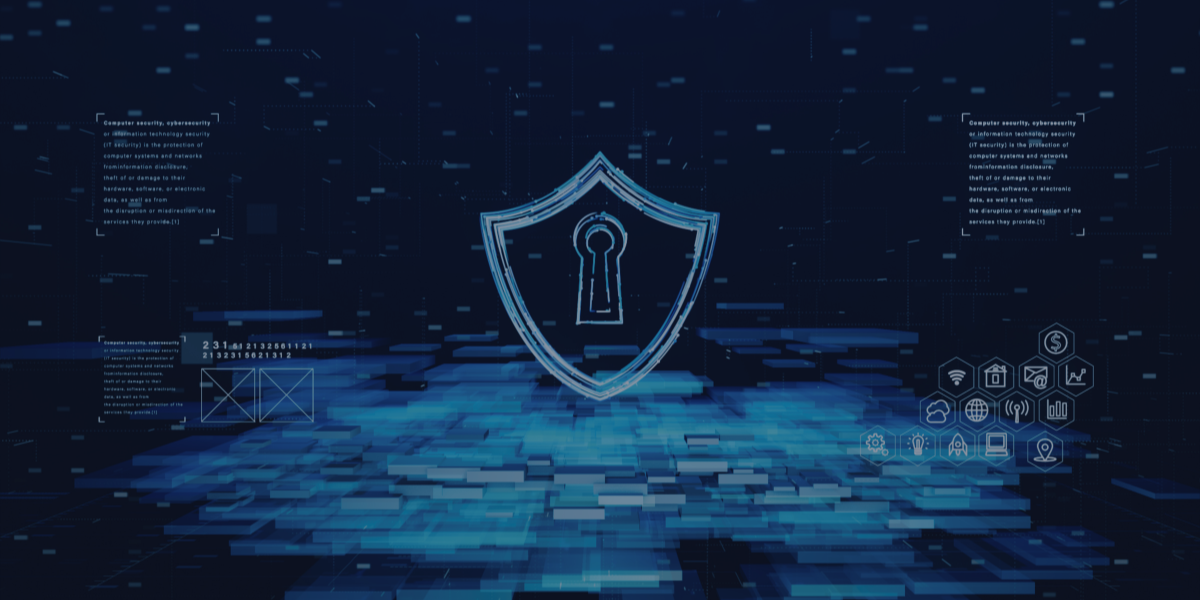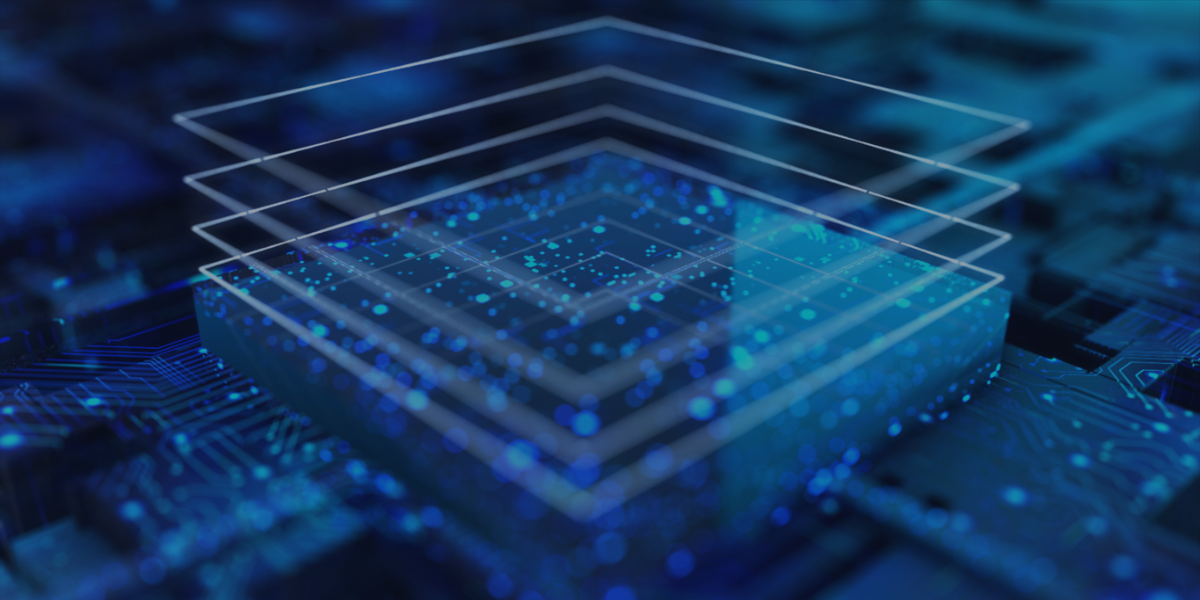Table of Contents:
2023 Cybersecurity Predictions By Sector: Could Your Organization Be Next?
New Year, New Vulnerabilities, Same Common Cyber Attacks
A Growing Need for Pan-Industry Education
Attack Surface Reduction is Possible with RunSafe Security
As 2022 recedes from view, gaps in the cybersecurity industry as a whole have become increasingly apparent. Many organizations weathered attacks from all sides last year, from the Meta employees who internally hacked Facebook user accounts to Google’s blocking of its biggest DDoS attack ever.
Moreover, remote working is here to stay in light of the COVID-19 pandemic. Distributed workforces call for more robust firewalls, routers, access management across remote IT teams and a clearer delineation between personal and professional devices—the former of which are often used in two-step authentication for the latter.
Remote working also points to the industry-level adoption of cloud computing, which has already revolutionized the manufacturing industry. Thanks to smart appliances and the emergence of the Internet of Things (IoT), collecting user data and uploading it to cloud-based systems for analysis has never been easier for manufacturers. However, most smart appliances tout lower-grade processing and storage capabilities, making it harder to implement security measures protecting sensitive user data. Cloud computing also poses security issues on a broader level in the form of supply chain attacks.
However, the challenge of cybersecurity doesn’t stop there. Attackers are getting more creative. Global cyber attacks increased by 38% in 2022, and cost US companies 9.44 million dollars alone.
With the expansion of remote work, new attack formats, and the IoT—in tandem with progressively systematic cyber attackers—a few key sectors demand increased enterprise application security. Staying abreast of these trends—on both the offensive and defensive sides—is paramount for cybersecurity innovation and success in 2023.
New Year, New Vulnerabilities, Same Common Cyber Attacks
Despite the advancements in cybersecurity over the past couple of years, a handful of common cyber attacks pose threats to the IT industry at scale: phishing, DDoS attacks, malware, SQL injection, DNS tunneling, zero-day exploits, and man-in-the-middle (MIM) attacks. As the attack surface expands along with the IoT, new vulnerabilities will likely reveal themselves sooner than later.
Manufacturing Supply Chains Require Extra Attention from DevSecOps
The manufacturing industry, which continually analyzes and implements user data harvested from the IoT, faces a few specific issues of note. Furthermore, an expanding IoT and an increase in cloud computing heighten the risk of system intrusion attacks and the like for manufacturers.
System intrusion attacks aren’t the only cyber attacks manufacturers are especially susceptible to—ransomware, faulty web application code, and good old-fashioned social engineering attacks still pose the most significant cyber threats to the industry.
What makes this all so noteworthy is the ramifications of not taking counteraction, the most glaring one being the mass disruption of operational processes that directly impact supply chains.
Between money extorted by bad actors and decreased revenue resulting from compromised supply chains, the cost of not implementing more robust security measures adds up fast—literally. A real-life illustration of this is the 2021 Kaseya ransomware attack, in which Kaseya’s hijacked VSA remote maintenance tool compromised more than 200 of its companies.
Given these statistics, attack surface reduction and increased ransomware protection will be crucial for manufacturers in the coming year.
Increased Awareness and Reduced Response Time Are Critical for the Financial Sector
Manufacturing isn’t the only industry vulnerable to specific cyber attacks, though. The financial sphere, which is home to some of the most sensitive user data available, is just as vulnerable as manufacturing. Even though specific cyber attacks plague these industries—like phishing, ransomware, and DDoS attacks—the implications for the financial sector are much more significant.
Phishing alone accounted for nearly a quarter of cyber attacks in the financial sector last year, making the case for routine cybersecurity awareness training more vital than ever. From a code standpoint, financial agencies would particularly benefit from robust and timely patch support—more so if crucial points of the process can be automated. Given the number of Internet-facing servers used to scan for threats and ensure network components are all updated in the financial industry, implementing prompt patch support at the DevSecOps level is vital.
Data Breaches Still a Looming Threat in Healthcare
Data breaches remain the biggest concern for IT security decision-makers in the healthcare sector. A BakerHostetler survey discovered that a quarter of data breaches happen in the healthcare sector, where fixing a breach costs organizations $7.13 million on average. Data breaches in healthcare often target patients, too, and specific cyber attacks may prevent them from receiving the timely care they need. This makes the consequences of such attacks much more significant compared to those in other fields.
However, the COVID-19 pandemic presented a new dilemma for IT security decision-makers in healthcare—many of whom decided to temporarily relax company firewall rules in early 2020 to implement expanded telehealth services and a work-from-home (WFH) model for employees. Unsurprisingly, this relaxation has raised a slew of liability and security concerns, putting increased user data protection at the top of the healthcare sector’s list of security priorities.
A Growing Need for Pan-Industry Education
What is most disquieting about all of this, though, is that leaders and decision-makers in cybersecurity remain relatively unprepared to tackle these issues in the manner they require. This is demonstrated in the lack of knowledge and confidence these decision-makers have in successfully combating organization-level cyber threats.
An Eclypsium survey gathered responses from 350 financial IT security decision-makers across the globe, in which a startling 76% responded that they only have a vague understanding of their organizational firmware’s blind spots. Following this, 92% of respondents admitted that cybercriminals are more adept at attacking their firmware’s weak spots than the organizations are at protecting them. This correlates heavily with the 88% who reported an organization-level firmware attack within the past two years.
Clearly, educational gaps in the cybersecurity industry prevent decision-makers from acting shrewdly and decisively. Increased education and awareness, in both scale and frequency, are necessary to maintain best industry practices.
Attack Surface Reduction is Possible with RunSafe Security
As one of the leading software security companies, RunSafe’s product suite offers a host of tools for IT security decision-makers that enable efficient cybersecurity efforts. The lineup of unique, patented products include features that assess your attack surface risk, harden your code, and protect firmware. All software is vulnerable. RunSafe reduces your attack surface and alerts you to existing and future vulnerabilities. See what software your organization uses is at risk for attack today.






